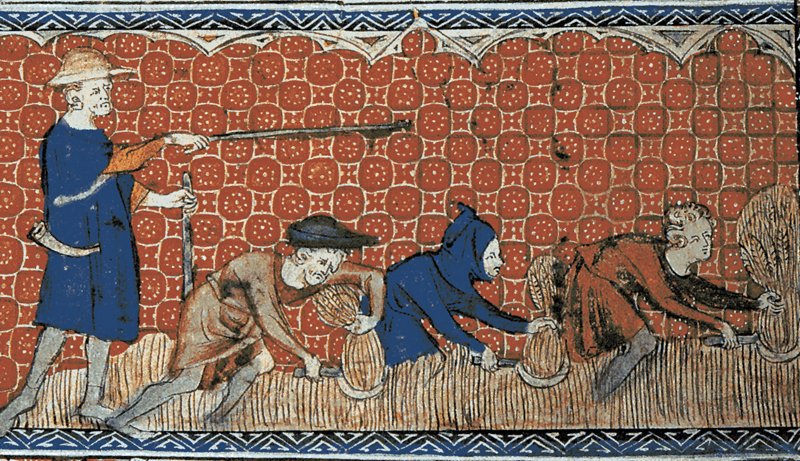
You can't have your cake and eat it too
- Martin Enlund
- 1/18/25
Preparedness is a hot topic these days. In Europe, Poland has recently introduced compulsory lessons in weapons handling for schoolchildren for war-preparedness purposes. In Sweden, the Swedish Civil Contingencies Agency (MSB) has recently published the brochure “If crisis or war comes”.
However, in the event of war, a country must have a robust energy infrastructure. Sweden does not seem to have this, at least judging by the recent years’ electricity price turbulence in southern Sweden. The vulnerabilities are many and serious. It’s hard not to be reminded of a prime minister who, just eleven years ago, saw defense as a special interest.
A secure food supply is another crucial factor for a country’s resilience. This is something that Sweden lacks. In the early 1990s, nearly 75 percent of the country’s food was produced domestically. Today, half of it must be imported. This makes our country more vulnerable to crises and disruptions. Despite our extensive agricultural areas, we are not even self-sufficient in basic commodities like potatoes, which is remarkable.
The government’s signing of the Kunming-Montreal Framework for Biological Diversity two years ago risks exacerbating the situation. According to the framework, countries must significantly increase their protected areas over the coming years. The goal is to protect biological diversity. By 2030, at least 30% of all areas, on land and at sea, must be conserved. Sweden, which currently conserves around 15%, must identify large areas to be protected over the coming years. With shrinking fields, we risk getting less wheat, fewer potatoes, and less rapeseed. It’s uncertain whether technological advancements can compensate for this, especially when the amount of pesticides and industrial fertilizers must be reduced significantly.
In Danish documents on the “roadmap for sustainable development” of the food system, the possibility of redistributing agricultural land (land distribution reforms) and agreements on financing for restoring cultivated land to wetlands (the restoration of cultivated, carbon-rich soils) are discussed. One cannot avoid the impression that the cultivated areas need to be reduced, in some cases significantly.
The green transition has been a priority on the political agenda in recent years, with the goal of reducing carbon emissions and increasing biological diversity. However, it has become clear that the transition risks having consequences for our preparedness.
One example is the debate about wind power. On the one hand, wind power is said to contribute to reducing carbon emissions and increasing renewable energy. On the other hand, it is said to pose a security risk, as wind turbines can affect radio communication and radar surveillance.
Of course, it’s easy to be in favor of biological diversity, but what do we do if this goal comes into conflict with the needs of a robust societal preparedness? Then we are faced with a difficult prioritization. Should we put the safety of people and society before the protection of nature, or vice versa?
“Politics is not the art of the possible. It consists in choosing between the disastrous and the unpalatable” said J. K. Galbraith, one of the most influential economists of the 20th century. Maybe we can’t both eat the cake and have it too?
Cover image: AI


